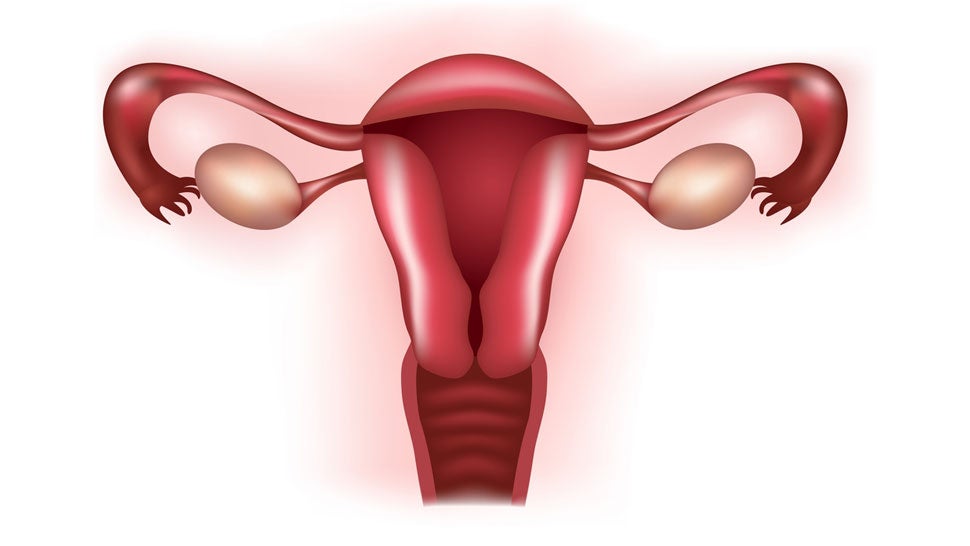
Colon cancer incidence rates have dropped 30 percent in the U.S. in the last 10 years among adults 50 and older due to the widespread uptake of colonoscopy, with the largest decrease in people over age 65. Colonoscopy use has almost tripled among adults ages 50 to 75, from 19 percent in 2000 to 55 percent in 2010.
The findings come from Colorectal Cancer Statistics, 2014, published in the March/April issue of CA: A Cancer Journal for Clinicians. The article and its companion report, Colorectal Cancer Facts & Figures, were released today by American Cancer Society researchers as part of a new initiative by the National Colorectal Cancer Roundtable to increase screening rates to 80 percent by 2018.
Colorectal cancer, commonly called colon cancer, is the third most common cancer and the third leading cause of cancer death in men and women in the United States. Its slow growth from precancerous polyp to invasive cancer provides a rare opportunity to prevent cancer through the detection and removal of precancerous growths. Screening also allows early detection of cancer, when treatment is more successful. As a result, screening reduces colorectal cancer mortality both by decreasing the incidence of disease and by increasing the likelihood of survival.
Using incidence data from the National Cancer Institute’s Surveillance, Epidemiology, and End Results (SEER) program and the Centers for Disease Control and Prevention’s National Program of Cancer Registries, as provided by the North American Association of Central Cancer Registries (NAACCR), researchers led by Rebecca Siegel, MPH found that during the most recent decade of data (2001 to 2010), overall incidence rates decreased by an average of 3.4 percent per year. However, trends vary substantially by age. Rates declined by 3.9 percent per year among adults aged 50 years and older, but increased by 1.1 percent per year among men and women younger than 50. That increase was confined to tumors in the distal colon and rectum, patterns for which a rise in obesity and emergence of unfavorable dietary patterns has been implicated.
Most strikingly, the rate of decline has surged among those 65 and older, with the decline accelerating from 3.6 percent per year during 2001-2008 to 7.2 percent per year during 2008-2010. The “larger declines among Medicare-eligible seniors likely reflect higher rates of screening because of universal insurance coverage,” the authors write. “In 2010, 55 percent of adults aged 50 to 64 years reported having undergone a recent colorectal cancer screening test, compared with 64 percent of those aged 65 years and older.”
Like incidence, mortality rates have also declined most rapidly within the past decade. From 2001 to 2010, rates decreased by approximately 3 percent per year in both men and women, compared with declines of approximately 2 percent per year during the 1990s.
“These continuing drops in incidence and mortality show the lifesaving potential of colon cancer screening; a potential that an estimated 23 million Americans between ages 50 and 75 are not benefiting from because they are not up to date on screening,” said Richard C. Wender, M.D., American Cancer Society chief cancer control officer. “Sustaining this hopeful trend will require concrete efforts to make sure all patients, particularly those who are economically disenfranchised, have access to screening and to the best care available.”
The data is being released at the launch of a nationwide effort to increase colorectal cancer screening rates to 80% by 2018. Public health leaders, including Assistant Secretary for Health Howard Koh, MD, MPH and American Cancer Society CEO, John R. Seffrin, PhD will join dozens of members of the National Colorectal Cancer Roundtable (NCCRT) at the National Press Club in Washington, D.C. on March 17th at 1:00 PM EDT. The NCCRT, an organization co-founded by the American Cancer Society and the U. S. Centers for Disease Control and Prevention, will focus on dramatically increasing colorectal cancer screening rates in the U.S. over the next four years, and increasing awareness of the potential for early detection and prevention of this cancer.
Source: Science daily










